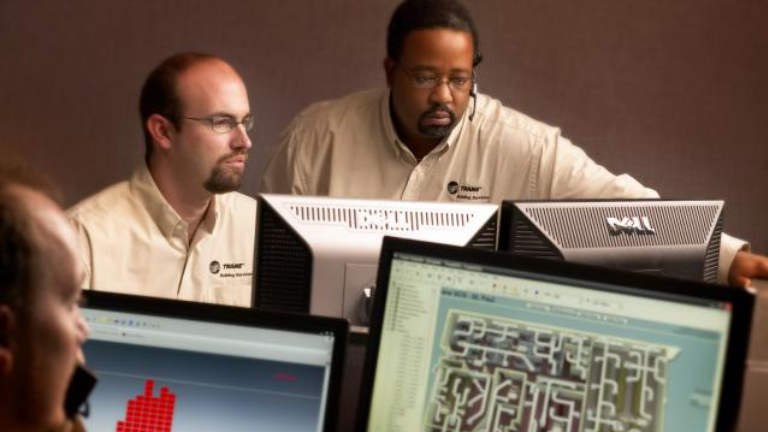Blog
Published: May 02, 2012
Building Automation Systems and Energy Saving Control Strategies
Most commercial buildings today have a building automation (BAS) system installed. While these systems are designed to help a building operator effectively manage a building's heating, ventilation and air conditioning (HVAC) systems, the simple presence of a control system doesn't guarantee good performance.


Most commercial buildings today have a building automation (BAS) system installed. While these systems are designed to help a building operator effectively manage a building's heating, ventilation and air conditioning (HVAC) systems, the simple presence of a control system doesn't guarantee good performance.
Beyond installing the control system software, effective building operators should develop a control strategy to ensure the software runs equipment in a manner that meets the building’s comfort requirements and minimizes energy consumption.
Setting up your control systems correctly
It is critical to make sure you have your system set up correctly. Unfortunately, there are some pretty common mistakes that many building operators make when controlling their building. The most common mistake is scheduling air handlers early in the morning before building spaces are occupied, and running them late into the night after all employees have gone home. Some buildings even operate air handlers 24-7 with no justifiable need to maintain the building’s conditioned space at occupied temperature levels.
Another basic mistake that is commonly made is failing to adjust temperature set points for building occupancy. It is commonplace in residential settings that people might roll back their home thermostat at night to allow a cooler temperature while they are sleeping. Yet many building operators fail to employ similar energy reduction strategies in their commercial spaces.
In addition to fixing the above two problems, properly configuring a building's control systems will also allow for more customized control of the building environment, such as having different temperature set points or operation schedules for different parts of the building. This is especially important in the case of a building that has multiple tenants that each have their own comfort and occupancy requirements .
Fine tuning the system
For facilities with multiple chillers, another important aspect of the control strategy for maximizing energy efficiency is properly sequencing how the equipment operates. This is especially true if the building has different sized chillers, or chillers of varying efficiency and capacity.
For example, in some situations it may be a good idea to ”base load” a primary chiller because it has the highest efficiency before engaging subsequent chillers that may operate at a lesser efficiency, while in other cases the optimal situation may actually be to operate multiple chillers at “part loads” because the partial load efficiencies may be the best way to minimize energy use.
Energy consultants can help analyze the performance of equipment and tune the control system to function optimally for the building's configuration. Advanced control software is also available that can detect how a building is operated and make adjustments to continually optimize the performance based upon the building's use and the performance of the installed equipment.
Up next: In the next post I'll discuss the differences between new buildings and retrofits and the value of preventive maintenance and recommissioning.
